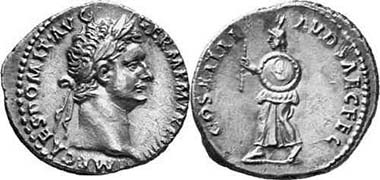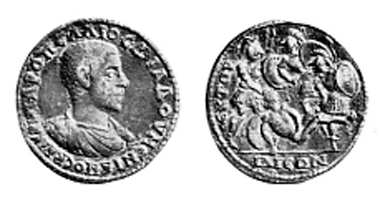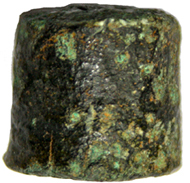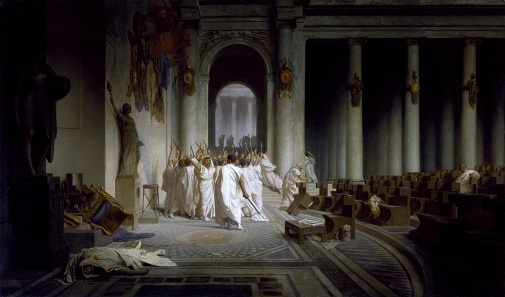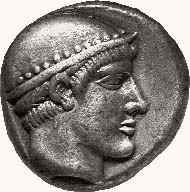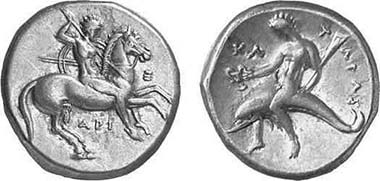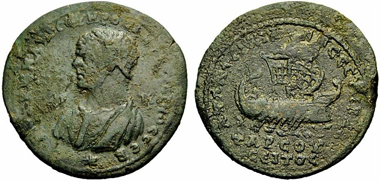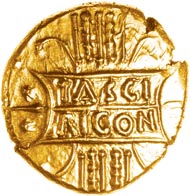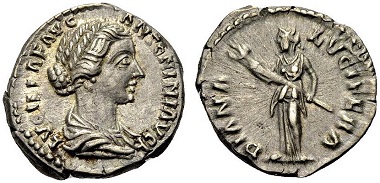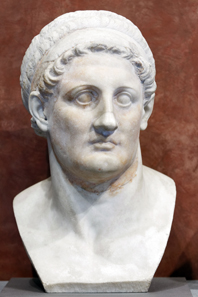The sacred year of the Pagans – the Saecular Games
When the Pope declares a jubilee year, he stands in a tradition which is almost as old as Christianity itself. It was Augustus who created the practice of absolving mankind when nobody was still alive of those who had witnessed the beginning of the previous saeculum…







